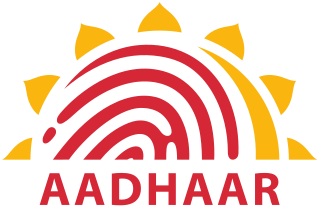 W
WAadhaar is a 12-digit unique identity number that can be obtained voluntarily by citizens of India, non-residents passport holders of India and resident foreign nationals who have spent over 182 days in twelve months immediately preceding the date of application for enrolment, based on their biometric and demographic data. The data is collected by the Unique Identification Authority of India (UIDAI), a statutory authority established in January 2009 by the government of India, under the jurisdiction of the Ministry of Electronics and Information Technology, following the provisions of the Aadhaar Act, 2016.
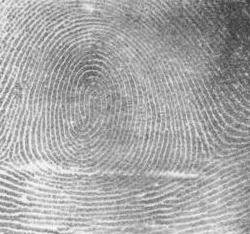 W
WA fingerprint is an impression left by the friction ridges of a human finger. The recovery of partial fingerprints from a crime scene is an important method of forensic science. Moisture and grease on a finger result in fingerprints on surfaces such as glass or metal. Deliberate impressions of entire fingerprints can be obtained by ink or other substances transferred from the peaks of friction ridges on the skin to a smooth surface such as paper. Fingerprint records normally contain impressions from the pad on the last joint of fingers and thumbs, though fingerprint cards also typically record portions of lower joint areas of the fingers.
 W
WA fingerprint is an impression left by the friction ridges of a human finger. The recovery of partial fingerprints from a crime scene is an important method of forensic science. Moisture and grease on a finger result in fingerprints on surfaces such as glass or metal. Deliberate impressions of entire fingerprints can be obtained by ink or other substances transferred from the peaks of friction ridges on the skin to a smooth surface such as paper. Fingerprint records normally contain impressions from the pad on the last joint of fingers and thumbs, though fingerprint cards also typically record portions of lower joint areas of the fingers.
 W
WAlphonse Bertillon was a French police officer and biometrics researcher who applied the anthropological technique of anthropometry to law enforcement creating an identification system based on physical measurements. Anthropometry was the first scientific system used by police to identify criminals. Before that time, criminals could only be identified by name or photograph. The method was eventually supplanted by fingerprinting.
 W
WDermatoglyphics is the scientific study of fingerprints, lines, mounts and shapes of hands, as distinct from the superficially similar pseudoscience of palmistry.
 W
WFingerprint scanners are security systems of biometrics. They are used in police stations, security industries, smartphones, and other mobile devices.
 W
WGlove prints, also sometimes described as gloveprints or glove marks, are latent, fingerprint-like impressions that are transferred to a surface or object by an individual who is wearing gloves.
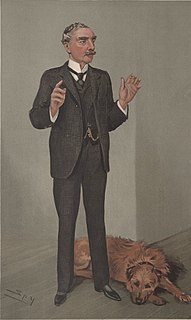 W
WSir Edward Richard Henry, 1st Baronet, was the Commissioner of Police of the Metropolis from 1903 to 1918.
 W
WJohann Christophe Andreas Mayer was a German anatomist.
 W
WNaegeli–Franceschetti–Jadassohn syndrome (NFJS), also known as chromatophore nevus of Naegeli and Naegeli syndrome, is a rare autosomal dominant form of ectodermal dysplasia, characterized by reticular skin pigmentation, diminished function of the sweat glands, the absence of teeth and hyperkeratosis of the palms and soles. One of the most striking features is the absence of fingerprint lines on the fingers.
 W
WA palm print refers to an image acquired of the palm region of the hand. It can be either an online image or offline image where the image is taken with ink and paper.
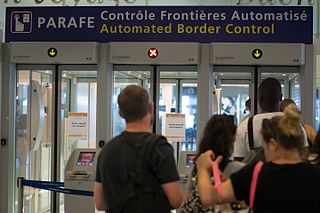 W
WPARAFE is a passport verification program operated by France's Direction centrale de la police aux frontières. PARAFE, incorporating automated self-service barriers operated by DCPAF, is located at immigration checkpoints in the arrival and departure halls at the Paris, Marseille, Nice and Lyon airports and at London St. Pancras train station, offering an alternative to using desks staffed by immigration officers. The gates use facial recognition technology to verify the user's identity against the data stored in the chip in their biometric passport.
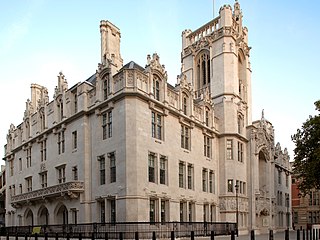 W
WThe Public Prosecution Service v William Elliott and Robert McKee [2013] UKSC 32 is a case decided by the Supreme Court of the United Kingdom concerning admissibility of electronic evidence obtained from an electronic fingerprint reader unit that had not been approved by the Secretary of State as required by Article 61(8)(b) of the Police and Criminal Evidence Order 1989.
 W
WTouch ID is an electronic fingerprint recognition feature, designed and released by Apple Inc., that allows users to unlock devices, make purchases in the various Apple digital media stores, and authenticate Apple Pay online or in apps. It can also be used to lock and unlock password-protected notes on iPhone and iPad. Touch ID was first introduced in iPhones with 2013's iPhone 5S, In 2015, Apple introduced a faster second-generation Touch ID in the iPhone 6S; a year later in 2016, it made its laptop debut in the MacBook Pro integrated on the right side of the Touch Bar. Touch ID has been used on all iPads since the iPad Air 2 was introduced in 2014. In MacBooks, each user account can have up to three fingerprints, and a total of five fingerprints across the system. Fingerprint information is stored locally in a secure enclave on the Apple A7 and later chips, not in the cloud, a design choice intended to make it impossible for users or malicious attackers to externally access the fingerprint information.
 W
WJuan Vucetich Kovacevich was a Croatian-Argentine anthropologist and police official who pioneered the use of dactyloscopy.
 W
W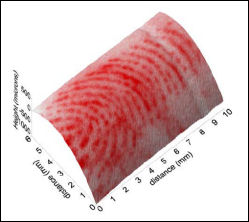 W
W